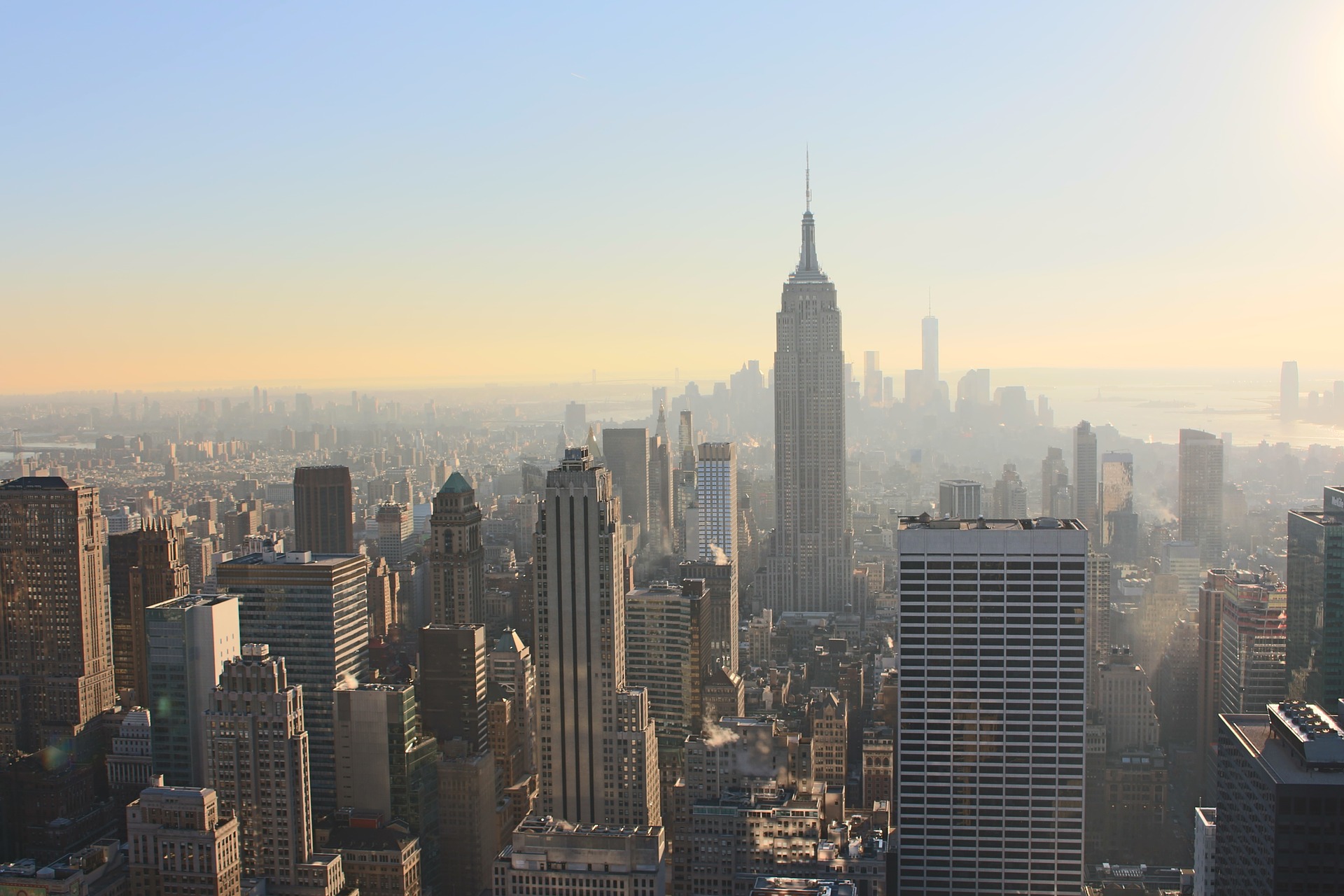I was in Washington, D.C., interning with the Sierra Club, when the first murmurs about a possible pandemic emerged. Some of my friends were pulled from their study abroad programs in Italy at the end of February and I remember struggling to understand the reasoning. I don't really know if anyone fully grasped the weight of the situation then.
Now, five weeks since my program ordered students like me to go home, I’m in central New Jersey helping my younger brother with his online classes and wiping down groceries as my father brings them in. My mother works at a hospital, so I’m always worried about her, and my grandmother lives on her own in New York City. Living in the Tri-State area along with most of my family adds a deeper layer of anxiety to this already stressful event.
As of this writing, there have been 134,874 COVID-19 cases in New York City, the highest number of any city in the nation. Here, Black people are twice as likely to die from the novel coronavirus than white people. This is not the only city seeing a disparity in the number of cases and related deaths. Black people only make up only 14 percent of the population in Michigan, but make up 40 percent of deaths related to COVID-19. Many cases in the state have been located in the predominantly Black city of Detroit. In Louisiana, the small, predominantly Black parish of St. John the Baptist is located in Cancer Alley and has a death rate of 68.7 per 100,000 people (NYC has a death rate of 29). The disproportionate numbers are alarming. They are also not a coincidence.
What many of these cities have in common is that their Black populations most affected by the virus are located in sacrifice zones. Sacrifice zones are areas located close to polluting facilities. Residents here are disproportionately exposed to air pollution from cars and trucks, petrochemical plants, and toxic waste facilities. Exposure to these pollutants causes an increase in the likeness of death from COVID-19. A Harvard study found that a small increase in long-term exposure to a higher amount of particulate matter makes an individual 15 percent more likely to die from COVID-19 compared with someone who is exposed to less pollution. Many people in these areas have been exposed to high levels of pollution for decades.
Environmental racism has been an issue throughout US history. Disproportionate exposure to pollutants leads to a number of adverse health effects in communities of color and low-income communities. And the same discrimination that leads to polluting facilities being located in these communities also creates food deserts, limits access to healthcare, and drives up the cost of utilities. The current pandemic has exacerbated all of these stressors on people’s lives. Many families are facing loss of income and are at risk of having their utilities shut off. People who can’t even pay their rent aren’t likely to risk medical bills by going to the hospital and seeking treatment for COVID-19 symptoms.
Many of the hospitals that serve these residents aren’t even equipped to effectively combat the virus. The hospital closest to my grandmother is Elmhurst Hospital, a facility that has been in the news for just barely having enough ventilators to treat their patients. The lack of equipment and funding for these hospitals is frightening.
When I look to the future, I can only hope that we do not simply go back to “normal” once this pandemic slows. Deep faults in our healthcare systems and government safety net have been exposed and need to be addressed. It is easy to say that Black people are disproportionately dying from the novel coronavirus -- some people are even blaming us for our own deaths -- but it’s not that simple. Black people are dying from the discriminatory systems and structures that have been putting our health and safety at risk for generations. The virus has only exacerbated the effects of environmental racism and institutionalized white supremacy.
Currently, the Sierra Club is tracking utility companies that are putting families at risk of having their utilities disconnected. Tracking this information across the country allows us to connect with Sierra Club staff in the states where utilities are depriving families of electricity and running water while we are still in this catastrophic pandemic. Then, Sierra Club staff and volunteers can advocate for protections to stay in place until the national emergency is over. Customers can access financial assistance and flexible payment programs after the crisis. Many governors have been issuing executive orders to prevent disconnections, but others are leaving households vulnerable. Electricity, water, and gas are all necessary for proper hygiene and safety during a pandemic -- especially one that is requiring us to stay in our homes.
